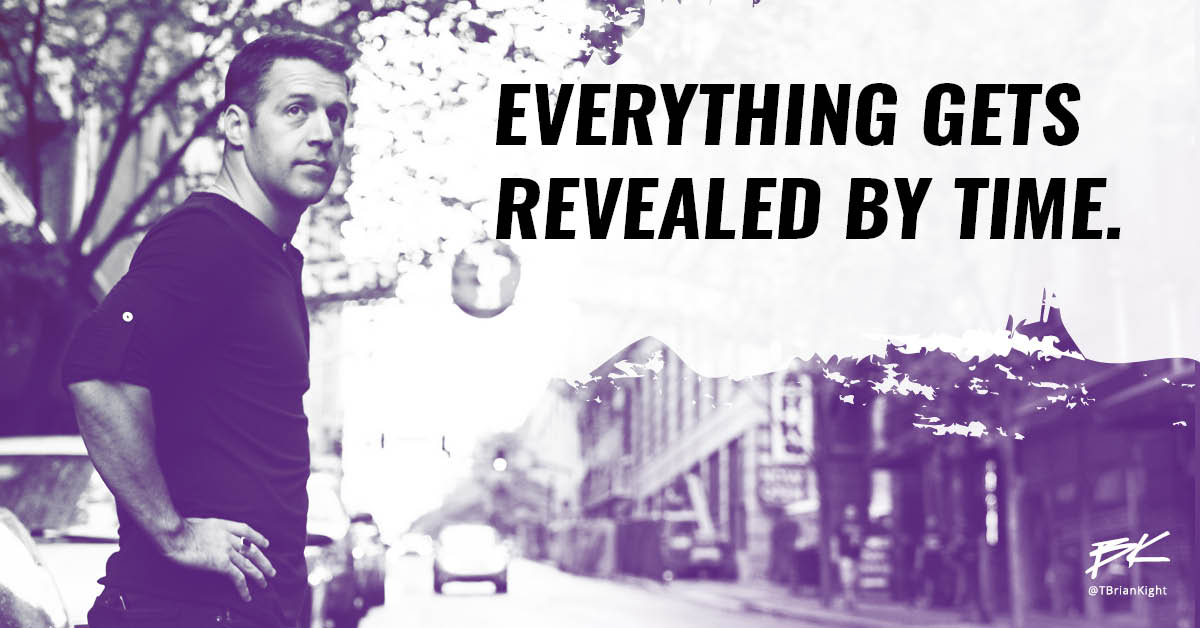We’ve learned how players and competitors think about fun and effort. Competitors need to work hard to have fun. Players need fun to work hard. But how else are they different?
I remember watching a college football workout when I was in 10th grade. It was July and I was visiting family in Ohio. The air was thick, hot, sticky, and heavy. A group of 12 players ran sprints around a square grass field. No coaches were there—just players working out by themselves.
When they started sprinting, two players stood out. I saw right away they were trying harder than everyone else. The other players rolled off the line. These two players exploded. Their legs moved faster and stretched further. They ran with purpose. It was the kind of effort you can’t fake.
The two players finished the first sprint. The next closest player wasn’t even 3/4 done. Everyone finished and rested for one minute. They lined up again, and the same two players launched off the line with the same explosive effort. This time, they finished when the others were only halfway.
After their third sprint, still way ahead of everyone, I saw both players walk to a trash can. They vomited. Not casually. Violently. They stood there, putting their hands on their heads to breathe, then on their knees to throw up again.
Their one-minute rest ended. They went back to the line and ran just as fast. They finished, walked to the trash cans, threw up, breathed hard, shouted some words I won’t say here, and got back to run again. They did this 10 times total.
I noticed something. The two players who finished first every time were the only ones throwing up. The others were tired and slower, but they didn’t throw up. These two ran harder and faster than everyone, yet they looked the most uncomfortable, throwing up after every sprint.
Yet their enthusiasm was the loudest. Their smiles the biggest. Their effort the strongest. They were also the only two players in the group who were All-Conference and All-Americans.
Competitors have a higher tolerance for discomfort than players. A competitor will tolerate high levels of discomfort, even seek it out, in pursuit of winning. A player will tolerate only a certain amount and type of discomfort before they start to withdraw.
Competitors see discomfort as table stakes. It is the price of entry to be in the game, let alone win.
A competitor views discomfort as a price they gladly pay to improve their odds of winning. A player views discomfort as a problem they avoid to increase their ability to have fun.
Do you handle discomfort more like a player or a competitor?
Event + Response = Outcome.

Share your thoughts